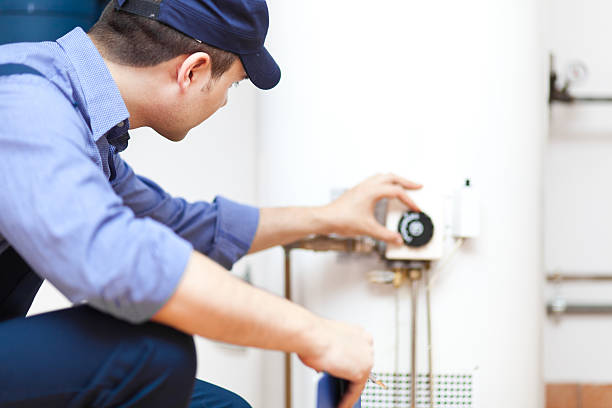As the demand for sustainable and efficient water management continues to rise, hot and cold water plants are undergoing significant advancements to meet the challenges of the future. These plants play a vital role in providing temperature-controlled water for various industrial, commercial, and residential applications. In this article, we will explore the emerging trends and innovations that are shaping the future of hot and cold water plants.
Energy Efficiency and Sustainability
One of the key driving forces behind the evolution of hot and cold water plants is the increasing emphasis on energy efficiency and sustainability. Traditional heating and cooling systems consume a substantial amount of energy, resulting in high operational costs and environmental impact. The future of hot and cold water plants lies in the integration of renewable energy sources, such as solar and geothermal, to reduce carbon footprints and improve overall efficiency. Innovations like heat recovery systems and advanced control algorithms are being employed to optimize energy consumption and minimize wastage.
Smart and Connected Systems
The advent of the Internet of Things has paved the way for smart and connected hot and cold water plants. These systems leverage sensors, data analytics, and automation to optimize performance and provide real-time monitoring and control. By collecting and analyzing data on water usage patterns, temperature variations, and energy consumption, operators can make informed decisions to enhance efficiency and identify potential issues before they escalate. Additionally, remote access and control capabilities enable operators to manage and monitor multiple plants from a central location, further streamlining operations.

Water Treatment and Conservation
Water scarcity is a pressing global concern, making efficient water management a top priority. Hot and cold water plants are evolving to incorporate advanced water treatment technologies, including filtration, purification, and reuse systems. These innovations help minimize water wastage and ensure that water is treated to meet the required quality standards. Additionally, water conservation measures, such as rainwater harvesting and greywater recycling, are being integrated into hot and cold water plant designs to reduce reliance on freshwater sources.
Modular and Flexible Designs
The future of hot and cold water plants will see a shift towards modular and flexible designs that cater to changing needs and demands. Modular systems allow for easy scalability, enabling operators to add or remove units based on fluctuating requirements. This flexibility not only optimizes space utilization but also facilitates maintenance and upgrades without disrupting the entire system. Moreover, the modular approach promotes cost-efficiency and reduces downtime during installation or repairs.
Enhanced Maintenance and Predictive Analytics
To ensure uninterrupted operation and prolong the lifespan of May nuoc nong lanh hot and cold water plants, maintenance practices are being transformed through the adoption of predictive analytics and condition monitoring. By continuously monitoring key parameters and employing predictive algorithms, operators can anticipate potential failures or performance issues and take proactive measures. This approach minimizes downtime, reduces repair costs, and enhances the overall reliability of the plant.
